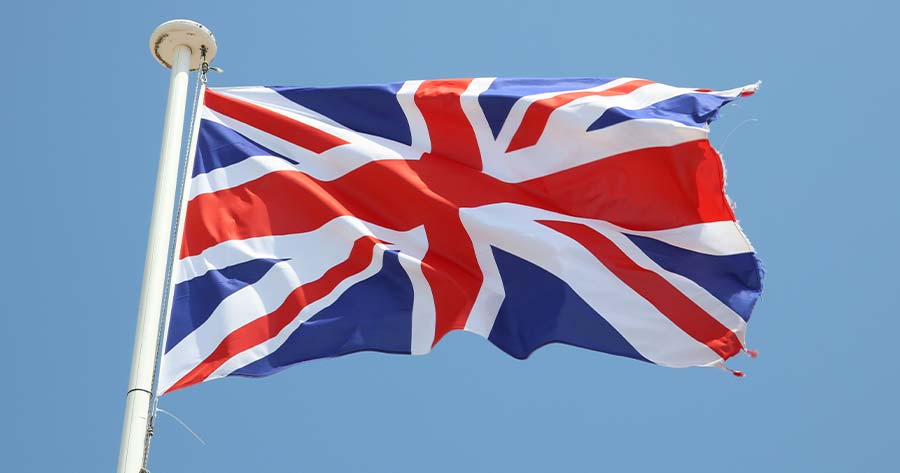The Office for National Statistics reported on Wednesday that UK inflation dropped to the Bank of England’s target of 2.0% in May, marking the final release of this crucial economic indicator before the national elections in July.
The headline figure decreased from 2.3% in April, aligning with the 2% forecast from economists surveyed by Reuters. Services inflation, particularly significant for the BOE due to its prominence in the UK economy and its representation of domestically-driven price increases, stood at 5.7% in May, down from 5.9% in the prior month. Core inflation, excluding energy, food, alcohol, and tobacco, declined to 3.5% from 3.9% in April.
Unfavorable weather conditions resulted in the weakest growth in grocery sales in two years, as indicated by the latest data from UK market research firm Kantar released on Tuesday. Grocery sales increased by 1.0% in the four weeks leading up to June 9, marking the sixteenth consecutive month of diminishing food inflation, according to the index.
On Thursday, the BOE will convene to announce its current interest rate decision and present its projection for future inflation trends. It is widely anticipated that the Bank will maintain rates at 5.25%, the level since August 2023 when inflation was approximately 7.9%. Despite this, as inflation edges closer to the target, there is growing anticipation in the market for a potential rate cut in the near term.
Nearly all but two of the 65 economists surveyed by Reuters last week anticipate a rate reduction in August, while financial markets are pricing in such an adjustment in September. The UK is heading towards its general election on July 4, with polls suggesting a significant victory for the opposition Labour party.





